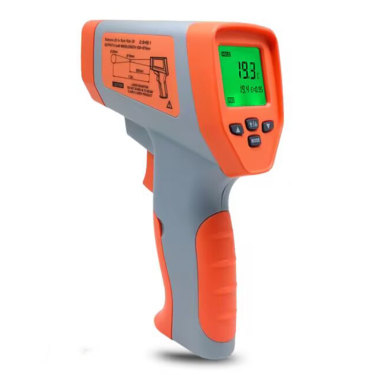**Cooking Thermometer: Essential Tool for Perfectly Cooked Meals**
April 26, 2025 | News | No Comments

html
Cooking Thermometer: Essential Tool for Perfectly Cooked Meals
When it comes to cooking, precision is key. Whether you’re grilling a steak, roasting a chicken, or baking bread, achieving the perfect internal temperature can make all the difference between a delicious meal and a disappointing one. This is where a cooking thermometer becomes an indispensable tool in your kitchen arsenal.
Why Use a Cooking Thermometer?
Many home cooks rely on guesswork or visual cues to determine if their food is done. However, these methods are often unreliable. A cooking thermometer takes the guesswork out of the equation by providing an accurate reading of the internal temperature of your food. This ensures:
- Food safety: Undercooked meat can harbor harmful bacteria, while overcooked food loses its flavor and texture.
- Consistent results: Achieve the same perfect doneness every time you cook.
- Versatility: Use it for meats, baked goods, candy making, and even beverages.
Types of Cooking Thermometers
Not all cooking thermometers are created equal. Here are the most common types:
Instant-Read Thermometers
These provide quick temperature readings (usually within seconds) and are perfect for checking doneness at the end of cooking. They’re not designed to stay in food during cooking.
Oven-Safe Thermometers
These remain in the food while it cooks in the oven, allowing you to monitor temperature without opening the oven door frequently.
Probe Thermometers
Often used with an external display unit, these are ideal for large cuts of meat or when you need continuous monitoring during long cooking sessions.
Infrared Thermometers
These measure surface temperatures without contact, great for checking griddle temperatures or the doneness of thin cuts.
How to Use a Cooking Thermometer Properly
To get the most accurate readings:
- Insert the probe into the thickest part of the food, avoiding bones or fat.
- For thin foods like burgers, insert the thermometer sideways.
- Wait for the reading to stabilize (especially with instant-read models).
- Clean the thermometer after each use to prevent cross-contamination.
Recommended Temperature Guide
| Food | Safe Minimum Internal Temperature |
|---|---|
| Poultry (chicken, turkey) | 165°F (74°C) |
| Ground meats | 160°F (71°C) |
| Pork | 145°F (63°C) |
| Beef, veal, lamb steaks | 145°F (63°C) |
| Fish | 145°F (63°C) |
Investing in Quality
Keyword: cooking thermometer
While basic cooking thermometers can be inexpensive, investing in